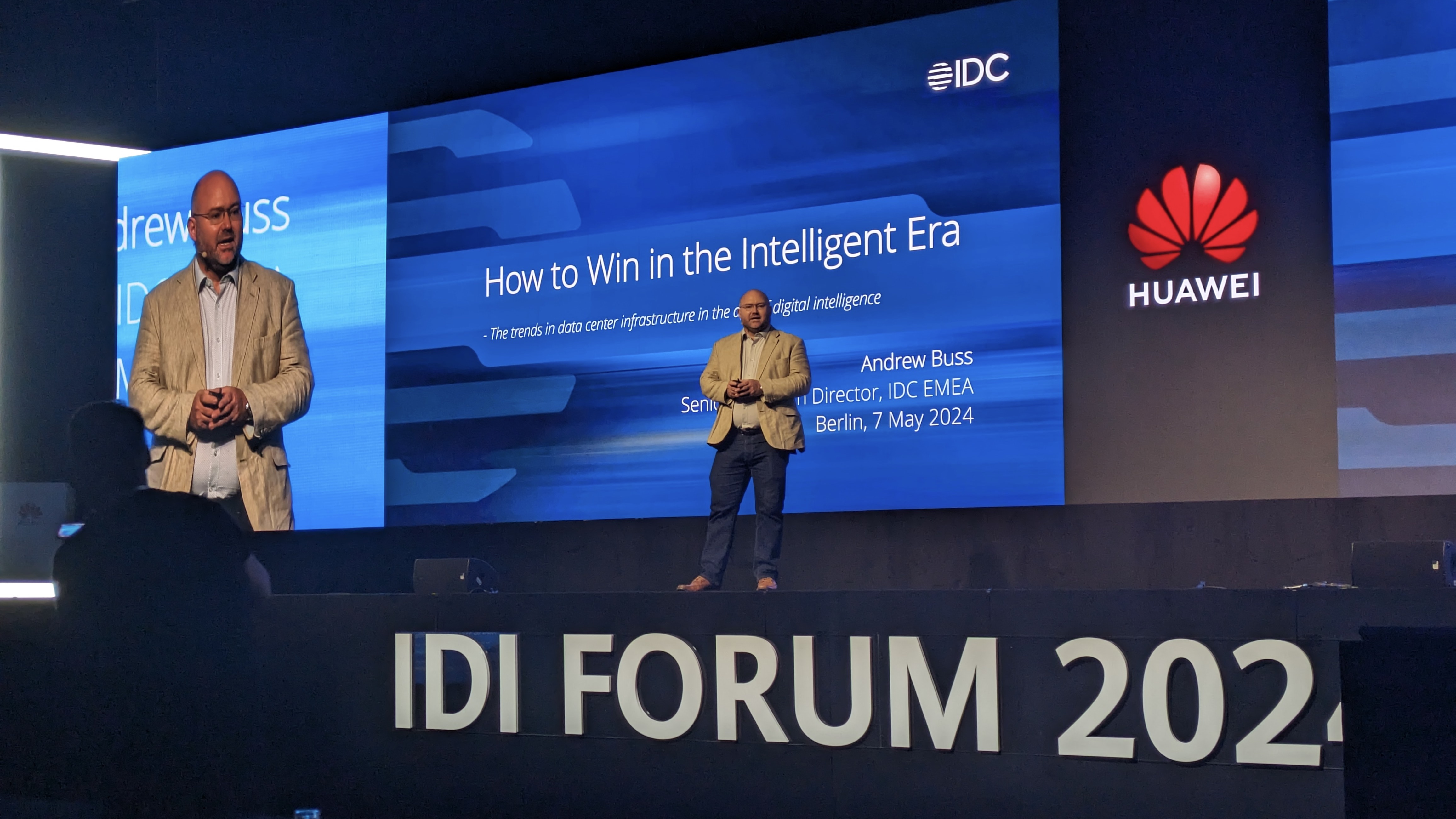Businesses need to realize automation is not about cutting costs
Enterprises are expected to rapidly accelerate automation efforts in 2024, but businesses should be conscious it's not all about saving money


The pace of enterprise automation is expected to intensify in 2024 and beyond, according to Gartner's top 10 strategic technology trends, but how should businesses prepare for automation?
By embracing automation and AIOps, businesses can accelerate digital change and deliver value to stakeholders, according to Andrew Buss, senior research director at IDC, but he cautioned that businesses need to be careful about how they approach this opportunity.
Speaking at Huawei’s Innovative Data Infrastructure Forum in Berlin, Buss said automation and AIOps are driving dynamic workload management for the most efficient use of IT infrastructure, but that only the most digitally advanced organizations have extensively adopted this approach so far.
IDC’s research found 69% of ‘digital leaders’, the most digitally literate organizations, exhibited extensive adoption of automation, orchestration, and dynamic workload management, compared to only 22% of the companies in the ‘digital mainstream’ and just 4% of ‘digital followers’.
With the pace of automation expected to ramp up in 2024, Buss offered his thoughts on what businesses need to keep in mind when embarking on their automation journey.
Reducing staff is a short-sighted approach to automation
Buss argued that businesses looking to automate operations with the express goal of reducing overheads are going about it the wrong way, and this approach will ultimately hurt them in the long run.
Attempts to automate in order to shrink costs usually result in inhibiting IT teams, which exacerbates existing inefficiencies rather, he noted. .
Get the ITPro daily newsletter
Sign up today and you will receive a free copy of our Future Focus 2025 report - the leading guidance on AI, cybersecurity and other IT challenges as per 700+ senior executives
“[A]ll the automation projects that I’ve seen start with just cutting costs have resulted in an IT department that fails over time, it becomes smaller, it becomes less relevant.”
Speaking to ITPro, Buss elaborated on this point, noting that businesses often fall into the trap of looking at automation as a quick solution to reducing overheads by stripping back IT staff, which can bring about unintended consequences that end up limiting the organization’s ability to automate further.
“Typically it’s a one wave and done approach to automation that they think is a magic bullet to cut cost, and you can get some efficiencies but if you go in with the idea that you are going to downsize the IT department, you not only get cultural pushback, which means it generally fails, but you end up losing the skills that can actually do the automation,” he explained.
“If your main objective with automation is to reduce people and cut costs, there’s very little interest from people who really know automation to work on that project.”
On stage, Buss admitted cost efficiencies often come as a side effect of automation, but stressed the real value in implementing automation across their IT stack lies elsewhere.
“Automation is really not about cutting costs. It does that as a byproduct but the real value of automation and the automation projects that I’ve worked with and seen succeed focus on quality, predictability, scalability, resilience, and speed”.
Unlocking the true value of automation
When approaching automation as a money saving exercise, businesses risk limiting the longevity of their automation projects and their ability to enjoy the true benefits it could bring if implemented in a more strategic manner.
“You typically de-skill the IT department, you assume that you can deliver the same level of service for less; but then try and do something new or things that you don't have the skills to to build your goal.”
Buss noted that a modern, highly-automated, and cloud-native IT infrastructure is the springboard for business success in the digital economy, but this is driven by a series of other attributes, not simply reducing your IT spend.
If an enterprise wants its automation project to be successful and scale in order to drive value across the organization, he argued that they should prioritize the other benefits automation can bring.
RELATED WHITEPAPER

“[Automation projects] that focus on the other attributes actually grow in importance within the business and strategically it is the critical area to develop” Buss explained.
“In 25 years looking at automation, the only time it really works is when you’re not that concerned about cutting costs, that adding value and particularly adding value. That’s where I see it working best.”
Buss concluded that if the mainstream is to keep up with the ‘digital leaders’ in a rapidly changing business landscape, they need to reconsider how automation can transform their organization.
“For me it’s a transformation opportunity that if we have to be producing ESG reporting and show efficiency improvements over time, then we’re going to be putting in place a lot of the things that a dynamic, data-driven, advanced intelligent infrastructure need, and that’s what a digital leader has and what others want”, he explained.
“If you are gearing up to monitor workloads and manage them more dynamically, it has to be built on automation and observability, and those are the things that give you the agility and flexibility that digital leaders have and that most companies need.”

Solomon Klappholz is a former staff writer for ITPro and ChannelPro. He has experience writing about the technologies that facilitate industrial manufacturing, which led to him developing a particular interest in cybersecurity, IT regulation, industrial infrastructure applications, and machine learning.
-
 Asus ZenScreen Fold OLED MQ17QH review
Asus ZenScreen Fold OLED MQ17QH reviewReviews A stunning foldable 17.3in OLED display – but it's too expensive to be anything more than a thrilling tech demo
By Sasha Muller
-
 How the UK MoJ achieved secure networks for prisons and offices with Palo Alto Networks
How the UK MoJ achieved secure networks for prisons and offices with Palo Alto NetworksCase study Adopting zero trust is a necessity when your own users are trying to launch cyber attacks
By Rory Bathgate